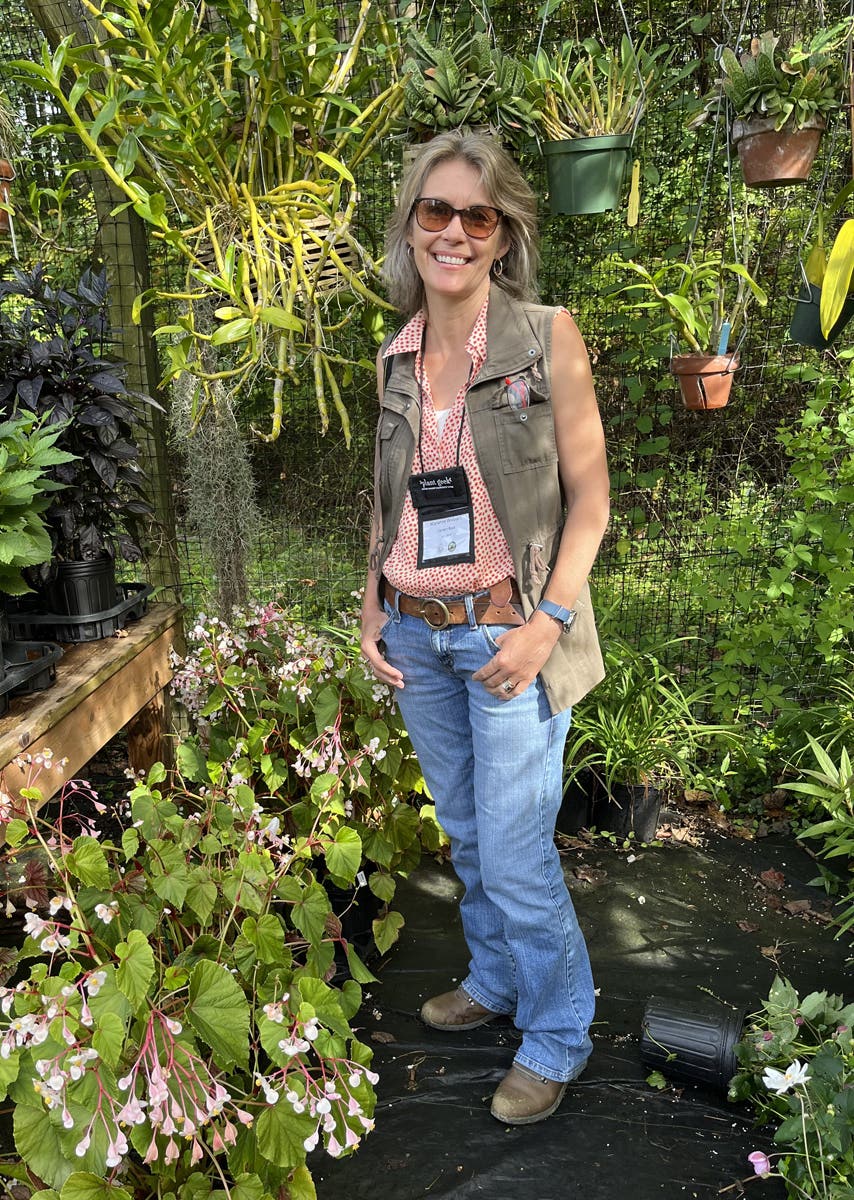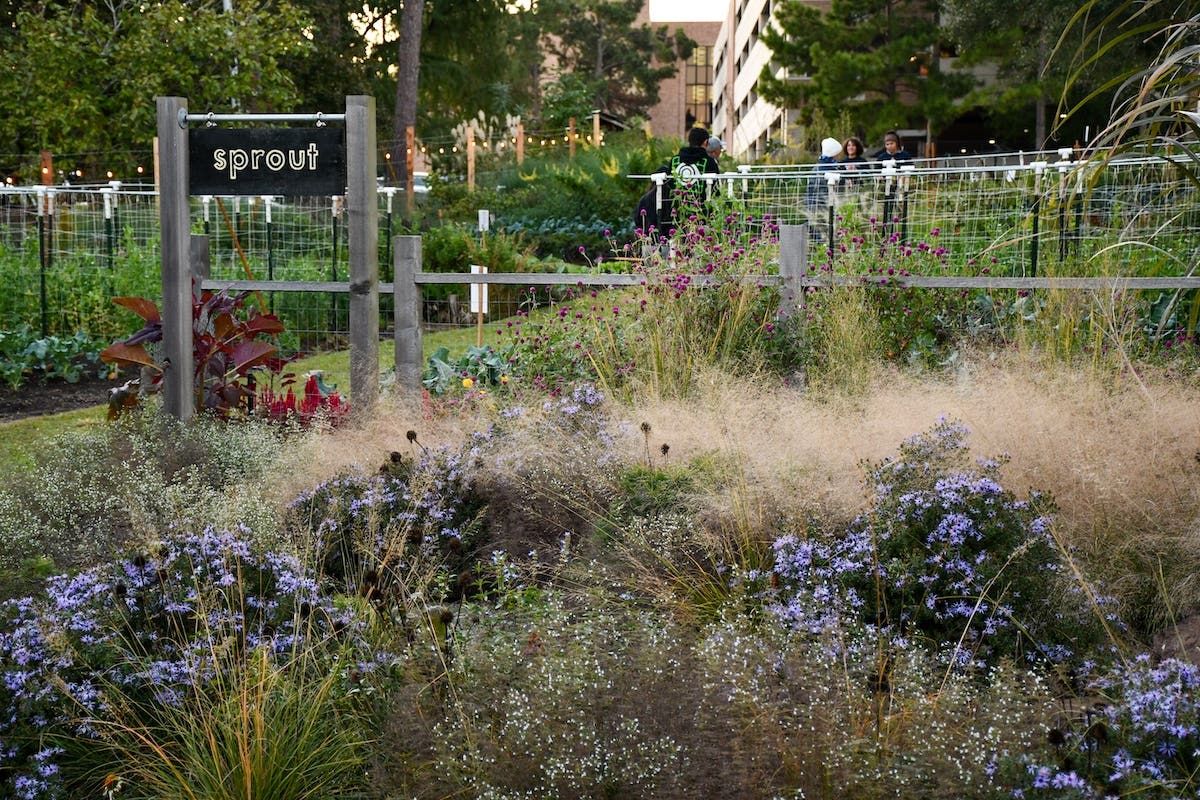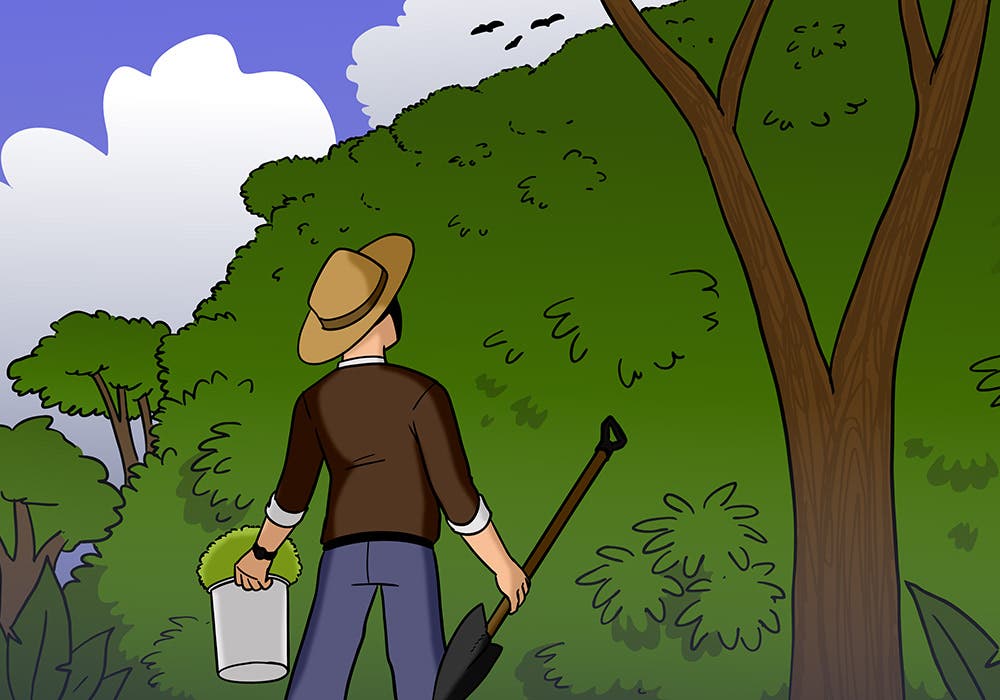Deep Roots: Untangling the Truths About Vines
Scott Beuerlein tells the realities of growing vines and what to consider before deciding to plant one
Vines are formidable competitors in the garden
I’m guessing that vines—pound for pound—produce the highest ratio of leaf surface per support structure of any terrestrial plant. If I am actually right about this, they have given themselves a truly formidable competitive advantage over other plants.
Essentially, vines are a massive blob of biomass in search of any kind of support that will allow their lithesome, loathsome bodies to snatch up someone else’s sunlight. As such, they torment trees, gobble up gardens and even consume houses. Frank Lloyd Wright once famously said, “The physician can bury his mistakes. An architect can only cover them in vines,”
The experienced gardener, of course, knows this and suffers recurring nightmares filled with vine tentacles tangling through trees and groundcovers and the eye sockets of any skulls that happen to be lying around. This happens because the experienced gardener was once an inexperienced gardener who found themself seduced by fabulous photos of beautiful vines and were perhaps misguided by a book or a “friend” into thinking that some vine would be a good idea for screening an unsightly thing, like a neighbor’s boat or a colony of nudists.
Related: Deep Roots: Road to Perdition
In fairness, there are some well-behaved vines—many of the harder to grow clematis, for instance, and any vine that is not hardy in your zone. (Although annual vines will want to seed. And seed. And seed.) But the fact is that most perennial vines, after a year or two of lulling around, smoking cigarettes with their hands in their pockets, trying to look innocent, will just grow. And grow. And exponentially grow. Ultimately, they will need yearly aerial drenchings of agent orange to keep them in check.
Do your research before planting a vine
I have seen a heavy wooden arbor crushed under the weight of wisteria. I, myself, have been cutting a particular trumpet creeper to the ground and observing its immediate reemergence for more than 20 years. I witnessed a hapless gardener caught by a vine and held against their will for over a day. The sound of generators, the images of flashing lights, the network news teams and the exhausted first responders desperately working into the wee hours to free him is, by the way, what recurs in my personal nightly vine nightmares.
Vines are assertive. And resourceful. They have initiative. If they were people, they’d be a great hire for large corporations were it not for their inclination for criminal behavior. So it behooves all gardeners to do an extensive background check on any vine before bringing it onboard.
In bigger gardens, in uncultivated land, a vine might be right. And even in smaller spaces or dire situations, a vine might be necessary to hide a neighboring steel mill or leper colony. But, before doing so, it is advisable to give the rest of the garden a 10-year head start. Also, check actuarial tables or see a soothsayer and consider planting your vine about three years before your predicted death. If the timing works out, this could save you a lot of work.







